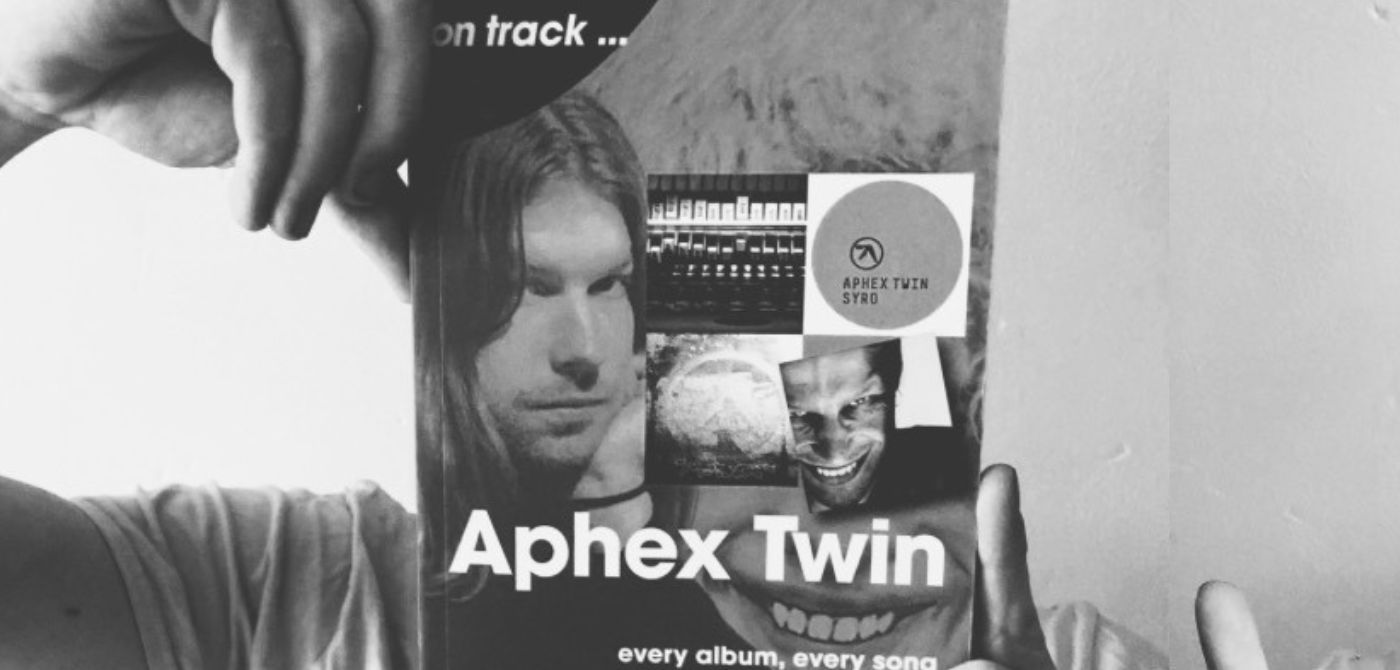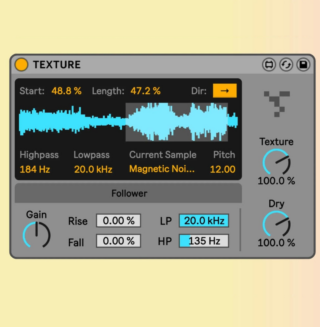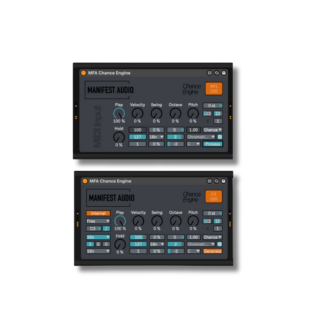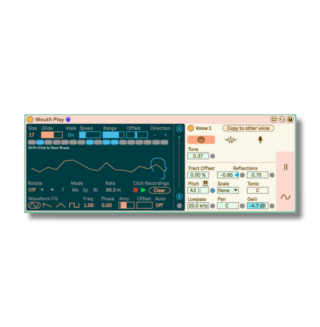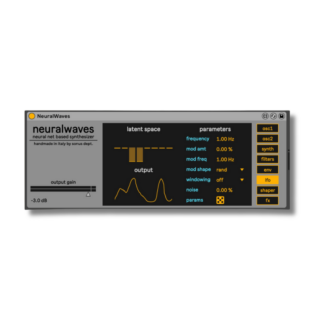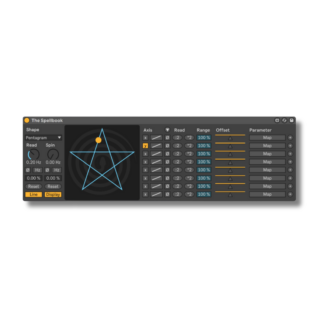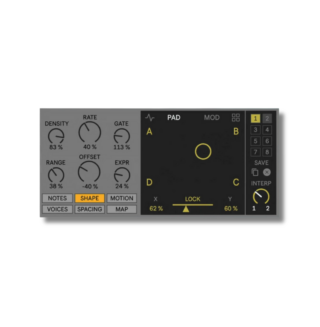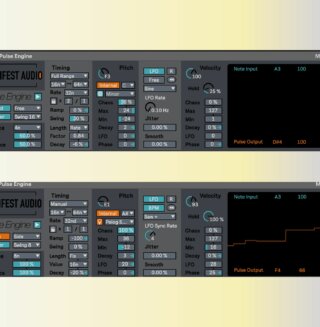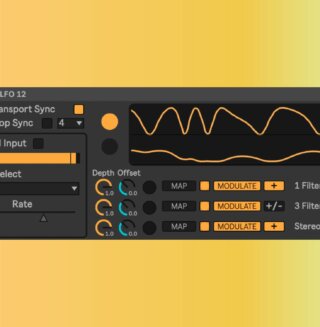At just 16 Beau Waddell has taken on the task of documenting every Aphex Twin track ever. The book is now available in the Attack Store, and we spoke with the author to understand more.
Released earlier this year, ‘Aphex Twin: Every Album, Every Song’ is a remarkably comprehensive insight into Aphex Twin.
The book includes his six studio albums, EPs released on renowned labels like R&S, Warp, Rephlex, and his work under various pseudonyms such as Caustic Window, Polygon Window, and Bradley Strider.
While some unreleased material, like “Melodies from Mars” and Aphex Twin’s track uploads on SoundCloud, is not covered, the book does delve into the Caustic Window LP, which had a limited digital release.
Each track is documented with catalogue numbers, timestamps, release dates, production details, and even delving into the myths surrounding the enigmatic artist.
We spoke with the young writer to hear more.
Attack: As you say in the intro, you’ve tried to track down every LP, EP, single and bonus track. That’s a hell of a lot of effort. Is this the first of its kind, at least in physical format?
Beau Waddell: It’s the first physical book that has corroborated and examined every song from the length and breadth of Richard’s immensely extensive discography – of course, not including the recent festival exclusive LPs and the Blackbox Life Recorder 22f / in a room F7 EP, since they were released well after the book was completed.
And how much work was it?
All told, it took around five months to write, broadly edit and research, before a further few weeks later on in the process gave time for more decisive editing and polishing. It was no mean feat, but it allowed me to become completely immersed in his work for months at a time.
What’s one thing you’ve learned about Aphex Twin that stood out to you?
It might seem obvious, but just the sheer variety that burrows through absolutely everything he’s released over the years. Examining his discography as a whole – as well as in miniature, travelling from song to song – reveals an identical pattern of near-constant, restless innovation all over the musical spectrum.

What’s the back story to The Aphex Twin?
Richard does his best to mire his so-called “backstory” in a haze of half-truths and misinformation, but in the process has crafted this legend inflected with an inventor’s eccentricity that suffuses everything he does.
He supposedly created ‘Xtal’ when he was just 14, and was messing around with deconstructing synthesisers during his college education, but it wasn’t until 1991, when he was persuaded by Mark Darby from the Mighty Force record label, that he began releasing his rave-tested tracks. The rest, as they say, is history…
Having completed this project, what technique would you suggest to someone looking to get that Aphex Twin sound?
This is a difficult question to answer because there is no concrete “Aphex sound”: projects of his under his multitude of aliases ping-pong from ambient, to drill ‘n’ bass, to acid techno, to electroacoustic, sometimes even within the same album or EP. So if there’s any advice to give, it’s that trying to overtly imitate Richard already contradicts the free-flowing idea stream that characterises his music as a whole; being truer to your own developing style is far more accurate, in my eyes.
At just 16 this is a considerable achievement. What inspired you to take it on?
I felt like I had something to prove: finishing off my GCSE exams just before beginning to properly dedicate my time to the book only served to emphasise to myself that I had a desire to break from what had become chafing tradition, and that doing something wildly different to what was perhaps “expected” of a 16 year old was my method of undertaking that.
Examining his discography as a whole - as well as in miniature, travelling from song to song - reveals an identical pattern of near-constant, restless innovation all over the musical spectrum.
You mentioned that Syro was less forward-thinking than his earlier work. What made you think so?
Calling Syro less forward-thinking than his earlier work is by no means a slight on the album, as it’s fantastic. However, it mostly strays within sounds Richard had been working with since at least the series of Analord EPs he released under AFX in the 2000s. To me – even more so in the context of it being the follow-up to Drukqs, arguably his most feverishly experimental and boundary-pushing work to date – Syro is the sound of contentment, a refinement rather than a slash to the canvas.
How would you describe the cultural impact of Aphex Twin on electronic music?
His impact cannot be understated in the slightest, and restricting his influence to the electronic scene seems redundant, as he’s made numerous impressions on the worlds of pop, rock and experimental music. The spread of artists and their respective genres – from John Frusciante to Pharrell – mirrors his own diverse body of work, his willingness to merge and transcend style opening him up to such a varied pool of influence not seen since Kraftwerk.

Is Alberto Balsalm named after the shampoo?
It certainly is! That theme is carried over to one of the song’s samples being Richard cutting his hair.

People overlook his sense of humor. In describing his music, you pick up well on his playful attitude, something I feel has developed further as his career has matured?
I really feel like it’s been a constant undercurrent throughout his entire career, but definitely now with his continued place in the public eye, his mischievous side harun rampant. Who else would use a massive lime green blimp to tease a new album; or superimpose his face onto various celebrities as a main part of his awe-inspiring live show? It’s yet another facet that separates him from much of the rest of the electronic pack.
Tough one to end on. What are three of your favorite Aphex Twin tracks, and why?
It’s an ever changing answer, but at this moment: ‘Stone in Focus’ for its unparalleled capture of an evocative sadness that seems to stop time itself in its tracks; ‘Mookid’ for its similar brand of melancholy, this time transported to us through plangent synths and a keening melody that bathes in its own fragile beauty; and ‘Girl / Boy Song’ for being the summation of Richard’s simultaneous classical and drill ‘n’ bass obsessions, stitching together two on-the-surface, incredibly disparate musical pieces to form a euphoric glory.
You can buy ‘On Track: Every Album, Every Song’ from the Attack Store. Price: £16.99

While you’re here, you may enjoy this Deconstructed of Vordhosbn:
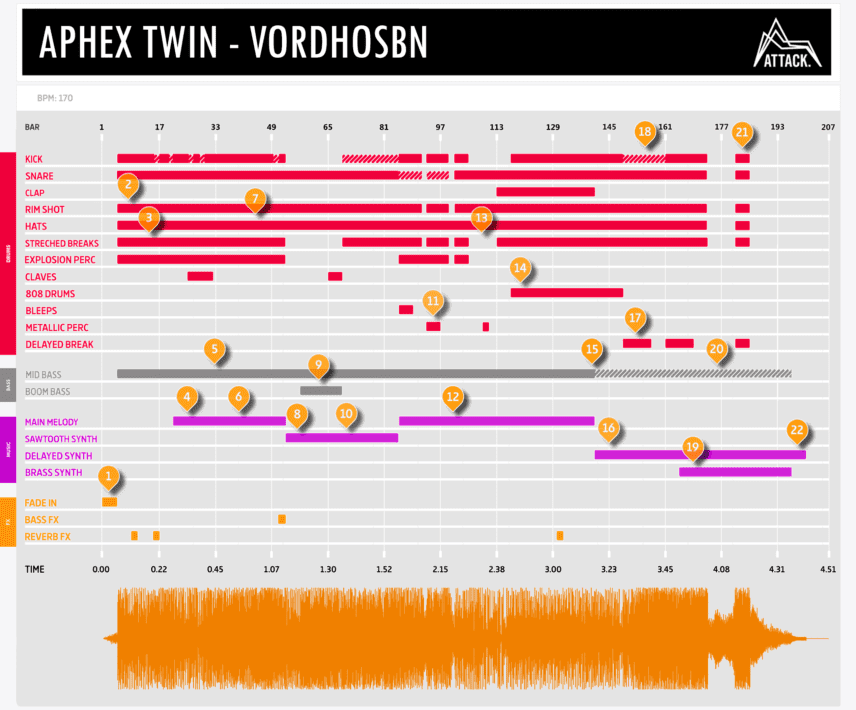
About the author:
Beau Waddell has been a passionate music lover since a very young age and has adored writing for nearly as long.
At 16 years old, he is the youngest On Track author but has already been published in poetry and fiction collections, such as the Generation Lockdown com- pendium, and furthermore, he has been commissioned by Record Collector magazine.
He plays guitar, creating his own music and he also prides himself on his thirst for finding new music in a variety of genres. He is particularly infatuated with rock, electronica and jazz. He lives in Watford, UK.
